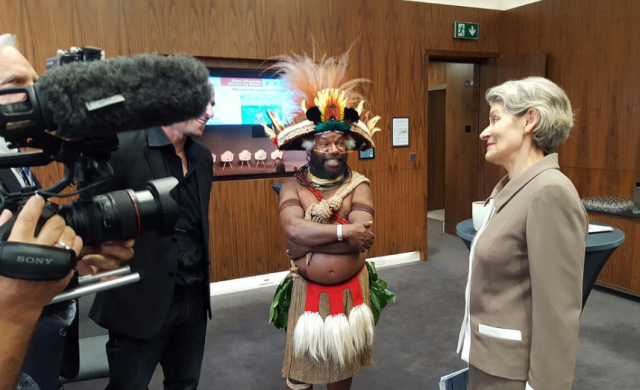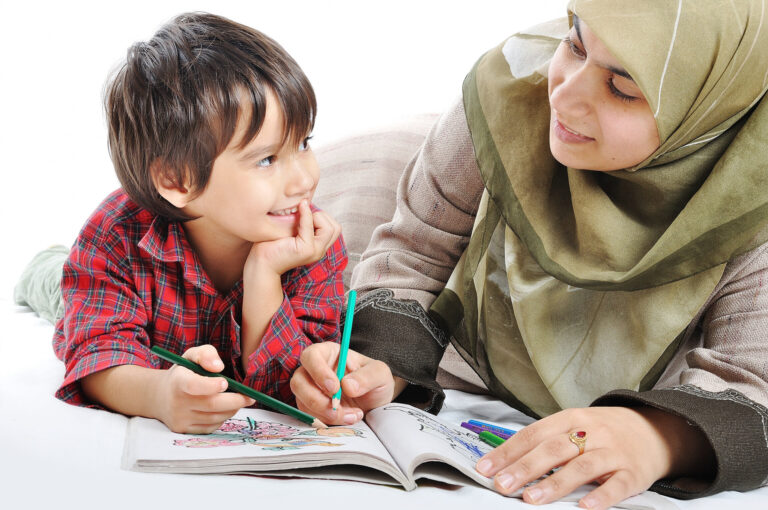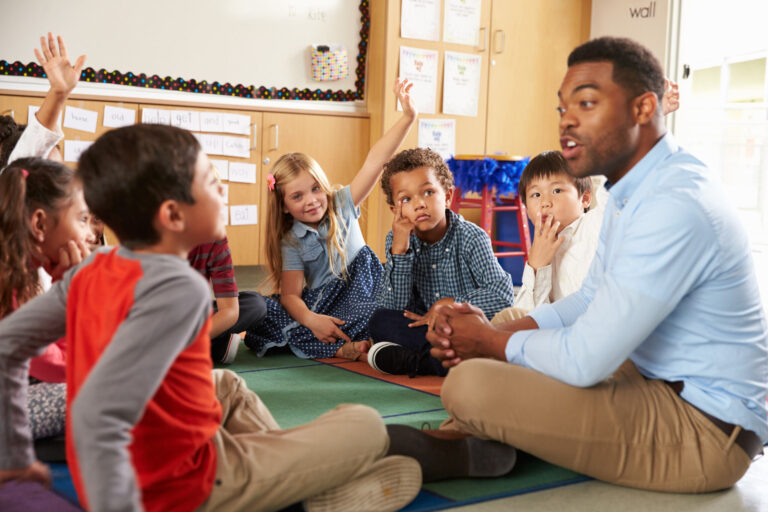Story Source: UNESCO ~ Go to Original Article

This year’s International Mother Language Day coincides with the declaration of 2019 by the UN as the International Year for Indigenous Languages, which “matter for development, peace building and reconciliation”.
We have come a long way for this to be hailed globally as important. In the past, in much of the world, education systems not only failed to provide relevant education to indigenous populations but focused instead on forcing assimilation through schooling. The legacy of discrimination and stigmatization facing indigenous people in rich countries — such as in Australia, Canada, New Zealand and the United States — has received insufficient attention but is clearly visible in literacy data.
Countries are seeking ways to address the challenges indigenous populations face. The Canadian government has been attempting to redress the legacy of residential schooling that separated indigenous children from their families and aimed to assimilate them, including punishing them for speaking their own language.
Times have changed. For starters, there is a growing sense of awareness and advocacy about how important it is for education systems not to contribute towards the loss of language. Aside from inclusion, one key reason for respecting indigenous language in education is the importance of incorporating traditional knowledge into schools. This is not trivial: these days, for example, traditional knowledge is recognized as a major resource for adapting to climate change. This was why Mundiya Kepanga, from the Huli Tribe in Papua New Guinea attended the launch event for our 2016 GEM Report on Education for People and Planet, for example, describing how, in his school he “learned to live together in harmony and take care of our planet”.

The challenges to teaching indigenous languages in schools, however, has been compounded by the migration of indigenous people to urban areas, which often implies further language loss and cultural erosion. Younger generations in cities are significantly less likely to speak indigenous languages in Ecuador, Mexico and Peru, for example.
The case of the Maori in New Zealand also shows how migration has taken its toll. The share of Māori living in urban areas grew rapidly from 16% in 1926 to 85% in 2006. Then, in 1960, it was found that only 26% of Māori could speak the Māori language, prompting a call for culturally relevant and bilingual Māori education. Yet, in 2013, the census showed that still only 21% of Māori could hold a conversation about everyday things in Māori.
Similarly, over 50% of Canada’s indigenous people live in cities. Analyses found that incorporating culturally appropriate curricula and practices, including aboriginal languages, ceremonies and elder participation, mattered for how well children did in early childhood education.
Although they set the tone, it is not only governments that have been responsible for the neglect of indigenous languages. Part of the barrier to indigenous language being taught in schools comes from indigenous populations themselves: parents and children often rightly see learning in an official national language as a key to future employment and enhanced life chances. Many countries are seeking to find the right balance though bilingual education programmes, but they are rarely systematically implemented.
The strong opinions on all sides on this issue have been seen to cause unrest on many occasions, sometimes resulting in progress for indigenous language. Guatemala’s imposition of Spanish in schools was seen by indigenous people as part of a broader pattern of social discrimination, for instance. Armed groups representing indigenous people demanded bilingual and intercultural education during negotiations on a peace agreement, leading to a constitutional commitment.
Linguistic diversity creates challenges, as well, in areas such as teacher recruitment, curriculum development and teaching materials, and providing policies for bilingual education are often not fully implemented. In Chile, when indigenous languages were incorporated into the official curricula in 2010, teachers in an intercultural and bilingual pre-school felt that, in addition to learning the language, they needed more cultural knowledge and first-hand experience with indigenous communities.
And yes, though some may deny it, education isn’t the answer necessarily to this problem. Education can be both the reason that indigenous knowledge can be lost as well as a potential way to restore it. Days like today, years like 2019, help us reevaluate our education policies and programmes to be sure we’re not part of the problem, but, instead, part of the cure.



